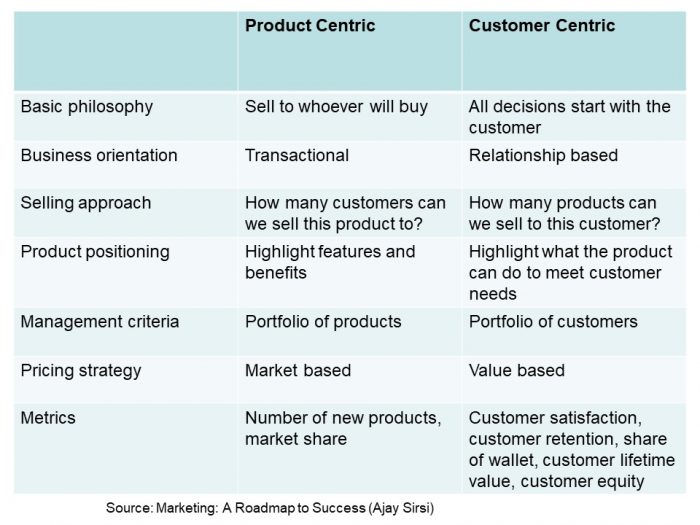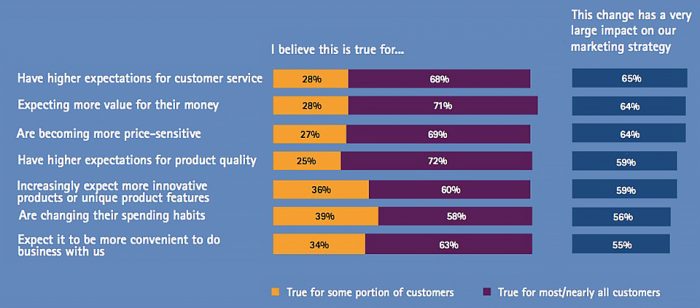Customer centricity increases brand loyalty over the long term
Posted on April 05, 2019
Every organization wants to be “customer centric” but very few achieve it – and even fewer organizations are capable of sustaining it over the long term. But the rewards for doing so are great – and critical to success in today’s changing market environment.
Customer centricity is about defining and flawlessly delivering a branded customer experience across all customer touch points. It is:
- A management philosophy
- A strategy to align a company’s value propositions to the needs of its target audience
- A brand that seeks to engage its customer at every touch point along the path to purchase
- It basically means that all functions are working toward a common customer goal and focus
- To achieve this, all functions must share a common understanding of the customer
- A commitment by every employee to reinforce brand values at each customer interaction, which requires a high degree of employee engagement
- Redefining how success is measured

In today’s highly-competitive and fragmented market, the customer has more access to information and many more choices. Along with an increase in customer power comes an increased expectation for customized service and product offerings. Companies that consider the customer perspective are better able to engage customers in a meaningful way, which translates into more loyal customers and a better bottom line.
“It used to be that the job was essentially, are you building brand equity, impressions, media stacks and things of that nature. Now the CMO is being measured on business results, customer retention, acquisitions, revenue and profit,” says Brian Whipple, CEO of Accenture Interactive, a global consulting firm specializing in digital technology and marketing.
A survey of senior marketing leaders from around the globe shows how changing customer expectations are impacting marketing strategy.

Source: Accenture survey of 400 global, cross-industry, senior marketing leaders
As mentioned, customer centricity can be difficult to achieve and sustain, usually due to barriers, such as:
- Many different interpretations of what it means and how to achieve it
- Different owners of the customer experience
- Poor internal communication of brand goals and plans
- Internal lack of understanding of what brand stands for
- Lack of alignment of corporate culture and customer centric goals
- Operating in silos
- Thinking solely from an organizational perspective
Focusing on the customer experience – customer centricity – is a way to differentiate yourself from your competitors. A successful strategy hinges on aligning value propositions with your target customer. Learning how to segment customer experiences and develop functional plans to meet or exceed expectations can bring significant rewards but it requires patience, steady leadership and a singular focus on the customer.
*
This article is an excerpt from the final module of the Masters Certificate in Marketing Communications Leadership (starting Sept. 25, 2019). For more details on the program and to view videos featuring the instructors, visit the program web page and click on the “View Modules”.













